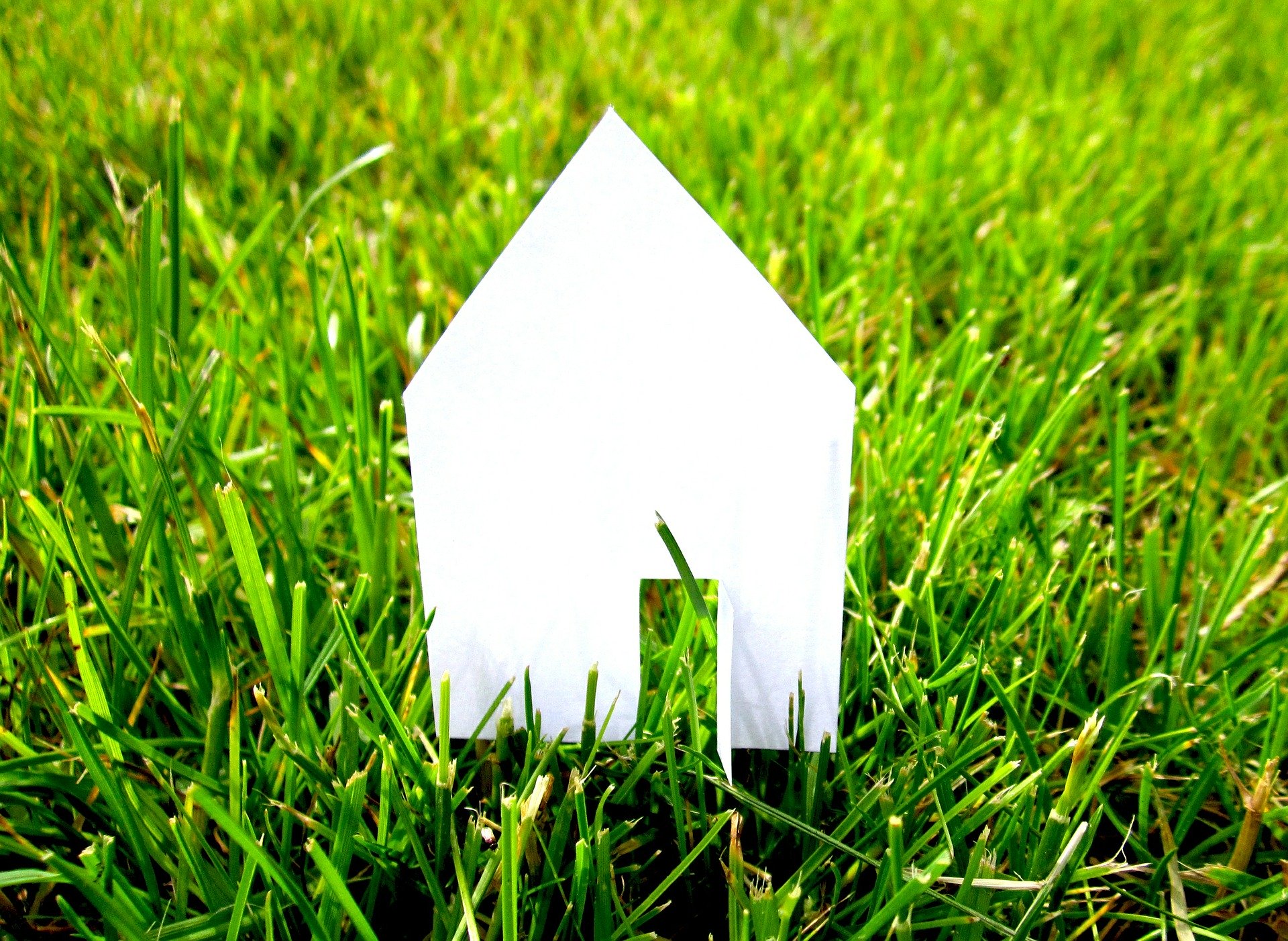
When you decide to go green, you want your whole lifestyle to support the choice. A home that is eco-friendly can provide you with cleaner living and leave a lighter imprint on the environment. Here are some tips for improving your current home or what to look for if you’re ready to move.
What is green living?
Most of us are familiar with recycling, but living an eco-friendly lifestyle is much more than that. As the United States Environmental Protection Agency explains, in order to be more green, we need to consider our overall impact on the environment. The choices we make throughout the day can either positively or negatively affect Mother Earth. By choosing sustainable products, not viewing belongings as “disposable,” and opting for more energy efficiency, we can be kinder to our planet and future generations.
Reclaimed materials.
Whether you’re planning on new furniture or new countertops, purchasing products made from reclaimed materials is a conscientious choice. Some experts suggest opting for furniture made from either reclaimed wood, such as Endurawood, or recycled paper. Neither selection requires the sacrifice of trees, and both put otherwise-wasted materials to good use. Recycled paper and wood can also be transformed into other household goods, such as food-serving and storage items.
Flooring materials.
Are you in love with the look of wood but don’t want the negative impact a new hardwood floor has on the environment? Bamboo flooring is a gentle solution you can feel good about. Bamboo takes less than six years to regrow; whereas the trees supplying a hardwood floor require anywhere from 50 to 100 years.
Throw away less.
Simply discarding less of your own “stuff” can be kinder to our planet. For example, the AARP notes that in the 1980s, 75 percent of consumer purchases went toward replacing items that wore out; whereas now we are only replacing worn-out items with 20 percent of our purchases. We’re discarding things long before their lifecycle ends because something else catches our fancy, and it’s neither a frugal nor environmentally friendly choice. One of the reasons we do this is to own trendy items, such as stainless steel appliances instead of boring white or black. Consider hanging onto your items and giving them an update. For instance, appliances can be painted, or you can install new panels for a fresh look. The need to throw out less applies to other household items as well, such as take-out containers which you could wash and reuse to pack a lunch, or old towels and clothing, which can be cut up to use for cleaning rags. Glass jars can be reused for food storage or even drinking glasses. Think of new possibilities next time you’re tossing out an item.
Moving on.
Are you in the market for a new home? You can purchase a home that is already eco-friendly. Some professionals recommend looking for items such as energy-rated appliances, an energy-efficient heating and cooling system, and double-pane windows. This Old House suggests taking into account a home’s exterior colors, since light colors help a house stay cool. Landscaping should include native plants since they handle the environment with minimal fuss, and often a rain garden or otherwise water-friendly option is included with eco-friendly homes. Insulation makes a big impact on energy usage. You can pay for an energy audit to verify the home meets your expectations for energy efficiency. You should consider connecting with a real estate agent who is specifically involved with the eco-friendly housing market. Also research what properties are available in your area so you can make informed decisions. For instance, the average listing price d for a home in Madison, WI, is $285,000. Depending on your situation, it may be most economical to make upgrades to an existing home.
Go green at home.
Your home can be more eco-friendly with some modifications and lifestyle alterations. Select materials that are kind to Mother Earth, dispose of less, and recycle more, and if you’re house hunting, choose a green home. Proactive choices help your home support a healthy environment.
Image courtesy of Pixabay
